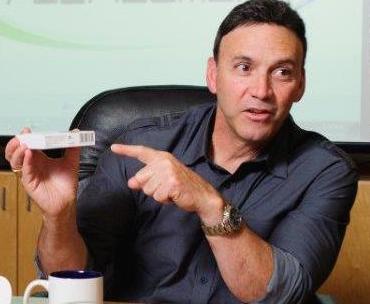 We know that distributing goods closer to the end destination in the retail world helps increase speed to market. The same can now be said for the fulfillment of eCommerce orders that ship direct to the consumers, especially as the distribution of the US population is heavier weighted to the East Coast. This strategy can save transit time and create cost savings.
We know that distributing goods closer to the end destination in the retail world helps increase speed to market. The same can now be said for the fulfillment of eCommerce orders that ship direct to the consumers, especially as the distribution of the US population is heavier weighted to the East Coast. This strategy can save transit time and create cost savings.
A multi-site strategy can be beneficial when distributing for large, big box retailers utilizing routing instruction, or just delivering small single packages to residential addresses. However, you must always consider the entire supply chain, inbound and out, when making a multi-site decision. It may seem like big cost savings for the outbound side of the equation, but that savings can deteriorate quickly from the potential of higher inbound merchandise costs, dual inventories and increased operating cost. This all must be weighed very carefully.
With multi-site distribution centers you can create an opportunity to impact expenses as well as manage business risk. The US is broken down by eight (8) ship zones. When shipping from any one point in the country, the further you go across the US the higher the zone (distance) and longer the Time in Transit (TNT), not to mention $$ to deliver. Therefore by maintaining multiple locations you’re lowering the distance between two points, Shipping Point & Delivery Point, creating a close proximity distribution unit to your customer base. This lowers the zonal gap cross-country thus saving TNT and $$. As your client’s volume grows, so does the potential savings, along with customer satisfaction.
With the huge onset of eCommerce and Omni–Channel retailers the expectations for fast delivery, free shipping are turning into the norm, especially for the millennial generation online shoppers. The delivery method has become part of your overall customer experience for the product and brand. Therefore the use of the close proximity distribution or faster TNT would potentially improve customer service experience.
This strategy can also provide for a contingency plan in providing situational distribution management (SDM), i.e. weather, work stoppage/strikes, port closures, earthquake resulting in operational loss to your building, emergencies or any other maladies that may impact your ability to ship. With redundancy in your operations you can divert and or deploy options to reduce the risk factor for any of these circumstances.
In closing, when considering a multi-site distribution strategy, whether bicoastal or geographically optimized based on your customer base, always be aware of all of the additional costs that may be incurred. Always keep in mind that alternative carriers and different delivery service levels can sometimes accomplish the same results as multiple DC’s.
Our team at AMS is here to help you with that analysis and can always provide the pros and cons. We can help drive the right strategy for your business model. For more information please contact John Bevacqua by phone or email at the following: Office 661-775-0611 or [email protected].
__________
About the Freight Freak:
John Bevacqua is the VP of Logistics at AMS Fulfillment. His area of excellence is in creating distribution and fulfillment operations that function as a capable interface between suppliers, retailers, and wholesale distributors. His experience includes developing and leading FedEx/ Kinko’s Distribution Services into the FedEx post acquisition, USA Wireless Technologies, and a top Logistics Management company. He has also worked with third party fulfillment companies, preparing him for his current position with AMS Fulfillment.